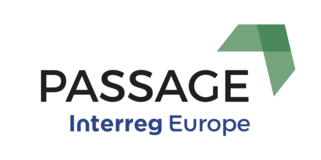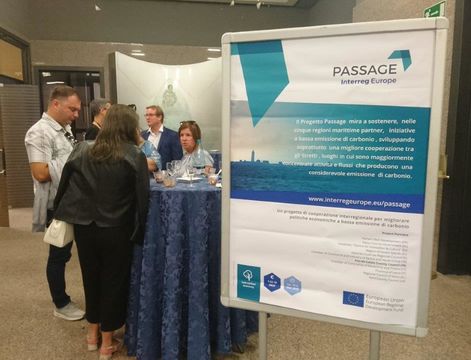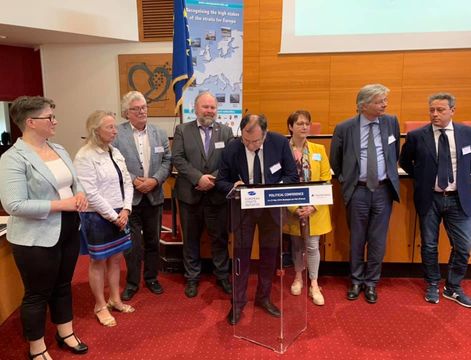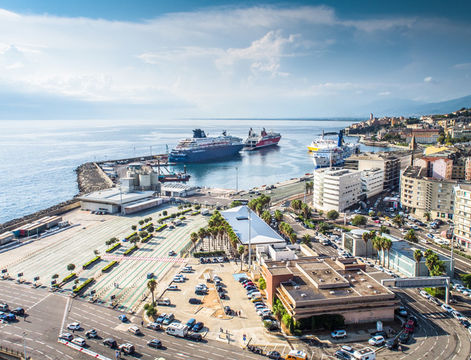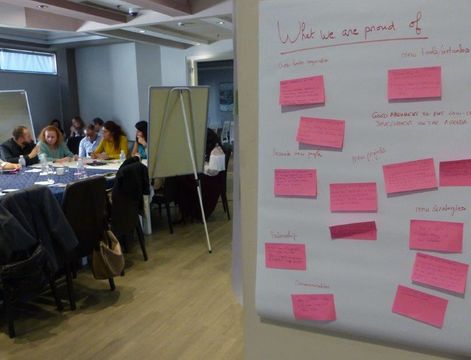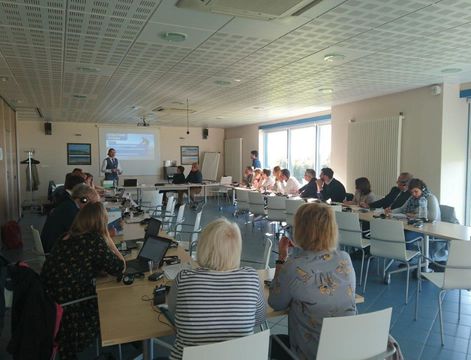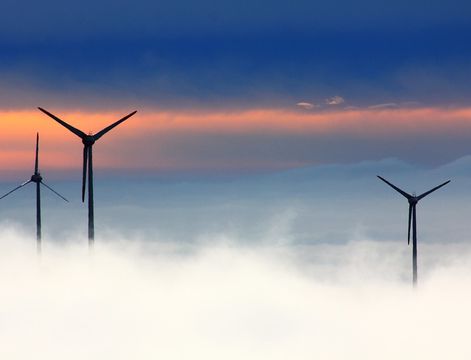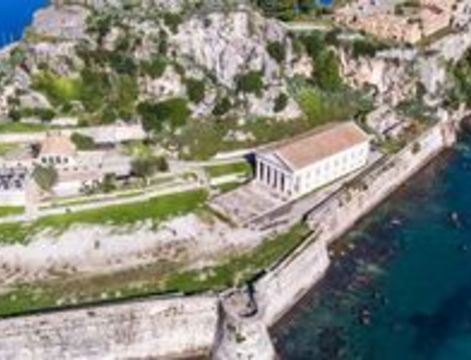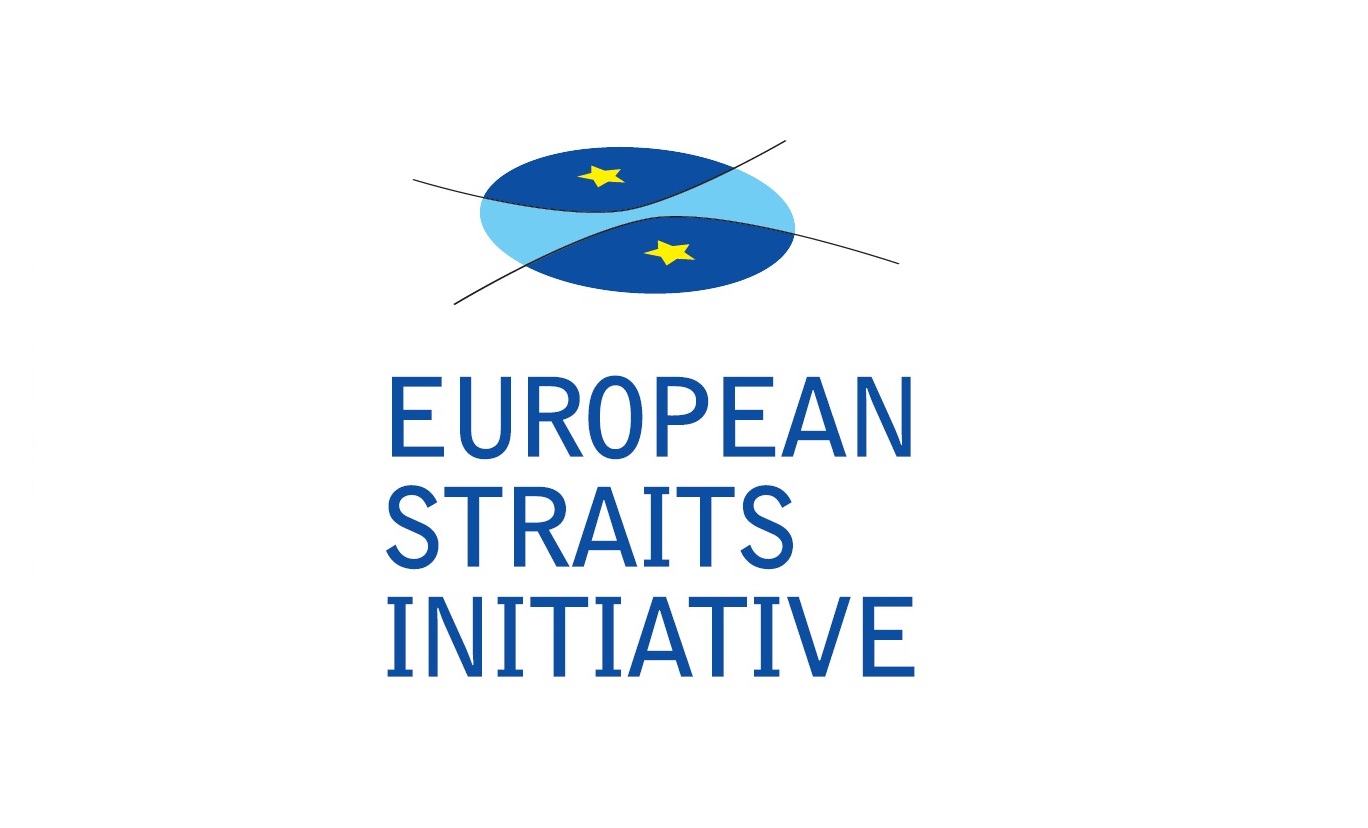In 22, 23 and 24 November 2016, PASSAGE project partners gathered in Helsinki to study how to develop better solutions for low-carbon transport and mobility in maritime border regions.
Helsinki-Uusimaa Regional Council, the capital region of Finland, was hosting this seminar on the shores of the Gulf of Finland. The FinEst fixed link project of tunnel between Helsinki and Tallinn was at the heart of first day exchanges; the project of railway tunnel could contribute to a huge reduction of C02 emissions linked to strait-crossing of goods and passengers. It has been demonstrated that emissions of CO2 through the tunnel (61 kg CO2 emissions per unit)
would be divided by more than 3 compared to current freight transportation of trucks in ro-ro (222 kg CO2 emissions per unit). In January 2016, Finnish and Estonian ministries and heads of local public authorities have signed an important agreement of cooperation to work towards the concretisation of this tunnel project, which would be the longest tunnel of the world (more than 80 km). A complete feasibility study is currently carried out, cofounded by Interreg V A Central Baltic programme. The presentations raised high interest among project partners, in perspective with the Channel tunnel crossing Dover Strait and the tunnel project between Denmark and Germany, in the Fehmarnbelt maritime border region.
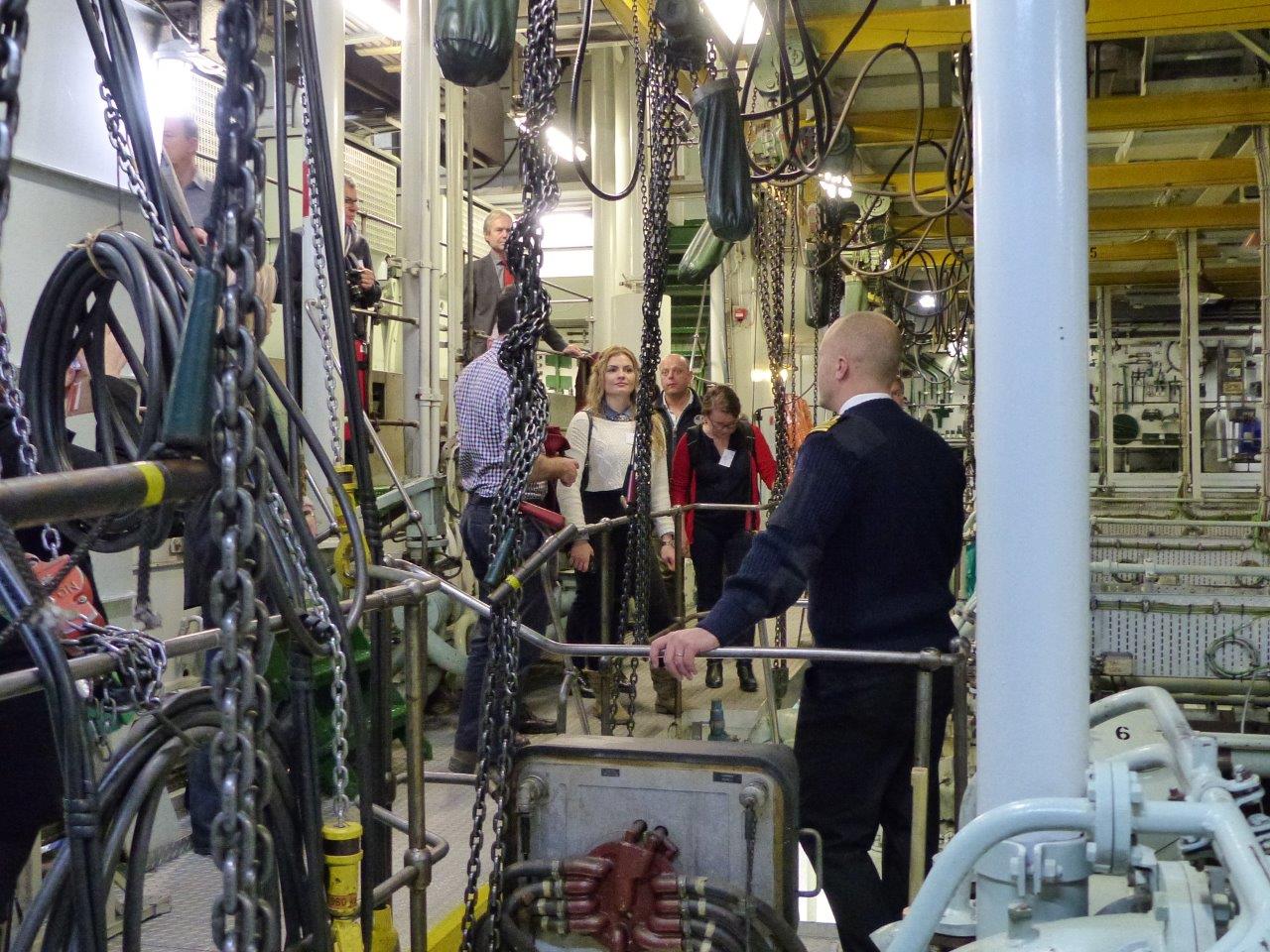 Field visits completed the good acknowledgment of project partners of the specific transport issues of the Gulf of Finland. Visit of one of the seven ice-breaker vessels of the Finnish fleet highlighted the many issues linked with winter weather conditions in the Baltic Sea, which require specific considerations for ports and shipping companies, including additional use of energy during the winter season to preserve safe working conditions. The partners then had the opportunity to visit the new West Harbour passenger terminal of Helsinki, currently under construction in the neighborhood of Jätkäsaari; once opened, this new terminal will enable a much better management of the flows of the 9 million passengers crossing the strait every year between Tallinn and Helsinki and reduce emissions of ferries operating in port thanks to automooring system.
Field visits completed the good acknowledgment of project partners of the specific transport issues of the Gulf of Finland. Visit of one of the seven ice-breaker vessels of the Finnish fleet highlighted the many issues linked with winter weather conditions in the Baltic Sea, which require specific considerations for ports and shipping companies, including additional use of energy during the winter season to preserve safe working conditions. The partners then had the opportunity to visit the new West Harbour passenger terminal of Helsinki, currently under construction in the neighborhood of Jätkäsaari; once opened, this new terminal will enable a much better management of the flows of the 9 million passengers crossing the strait every year between Tallinn and Helsinki and reduce emissions of ferries operating in port thanks to automooring system.  Tallink company operating the Helsinki-Tallinn ferry line will also contribute to reduction of CO2 emissions in the port thanks to a new Megastar ferry under construction, with dual-fuel LNG engines enabling 25% savings compared to current ferries. The new terminal will be linked to Helsinki city center with three tramway lines in order to decongest the public transportation system after ferries unloaded and encourage the use of public transportation by ferries’ passengers.
Tallink company operating the Helsinki-Tallinn ferry line will also contribute to reduction of CO2 emissions in the port thanks to a new Megastar ferry under construction, with dual-fuel LNG engines enabling 25% savings compared to current ferries. The new terminal will be linked to Helsinki city center with three tramway lines in order to decongest the public transportation system after ferries unloaded and encourage the use of public transportation by ferries’ passengers.
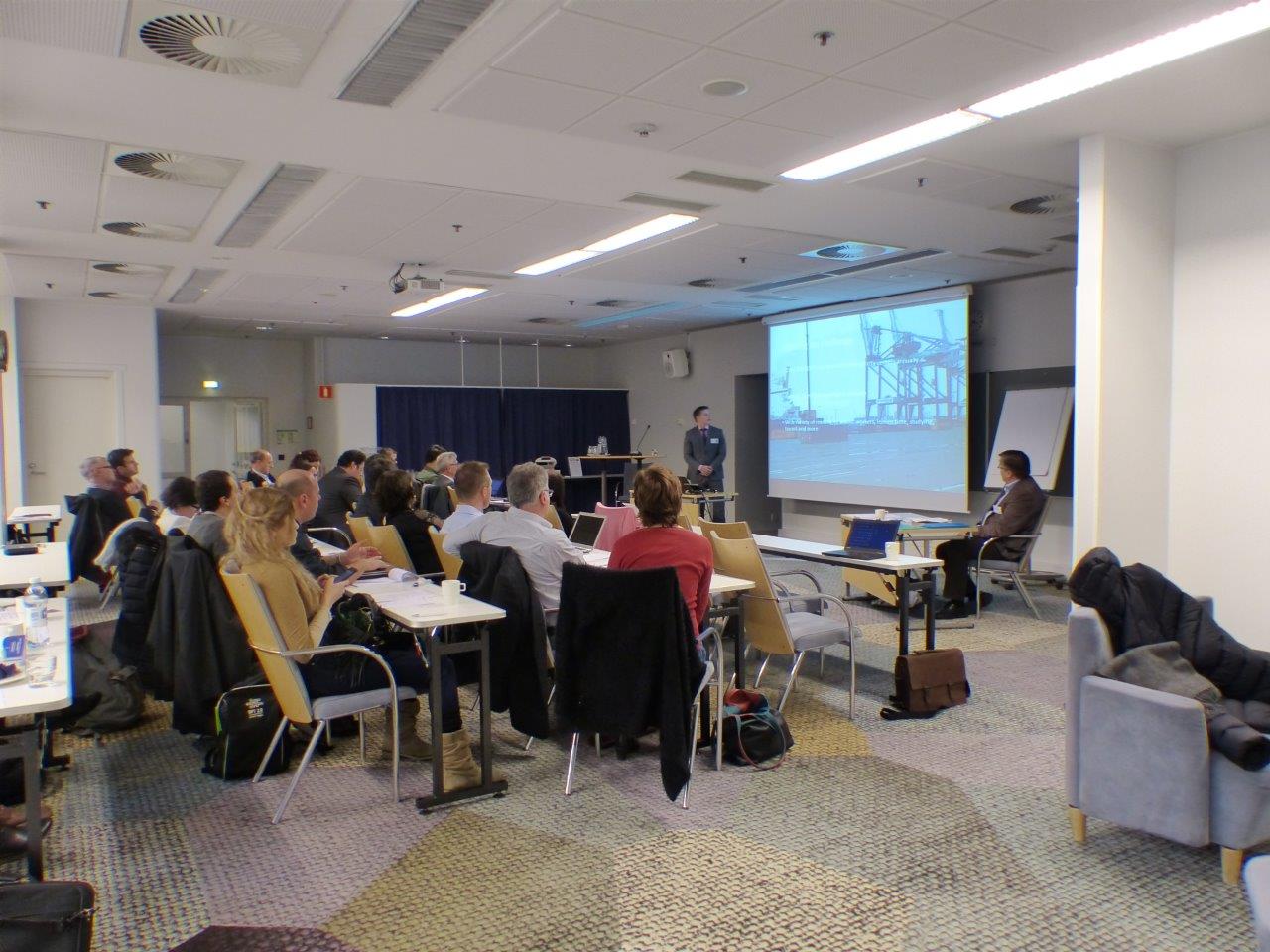 The second half of the seminar was dedicated to the presentation of low-carbon transport good practices from each maritime border region. The use of alternative energies such as LNG for navigation and port operations was at the heart of the debates and the partners unanimously highlighted the high capitalisation potential of the strategy implemented in the port of Livorno (Corsica Channel) to develop a hub for LNG distribution in the Mediterranean. Many partners also chose to discuss the issue of innovative services for mobility, a key topic when considering the need to increase the use of public transportation systems to reduce carbon emissions.
The second half of the seminar was dedicated to the presentation of low-carbon transport good practices from each maritime border region. The use of alternative energies such as LNG for navigation and port operations was at the heart of the debates and the partners unanimously highlighted the high capitalisation potential of the strategy implemented in the port of Livorno (Corsica Channel) to develop a hub for LNG distribution in the Mediterranean. Many partners also chose to discuss the issue of innovative services for mobility, a key topic when considering the need to increase the use of public transportation systems to reduce carbon emissions. 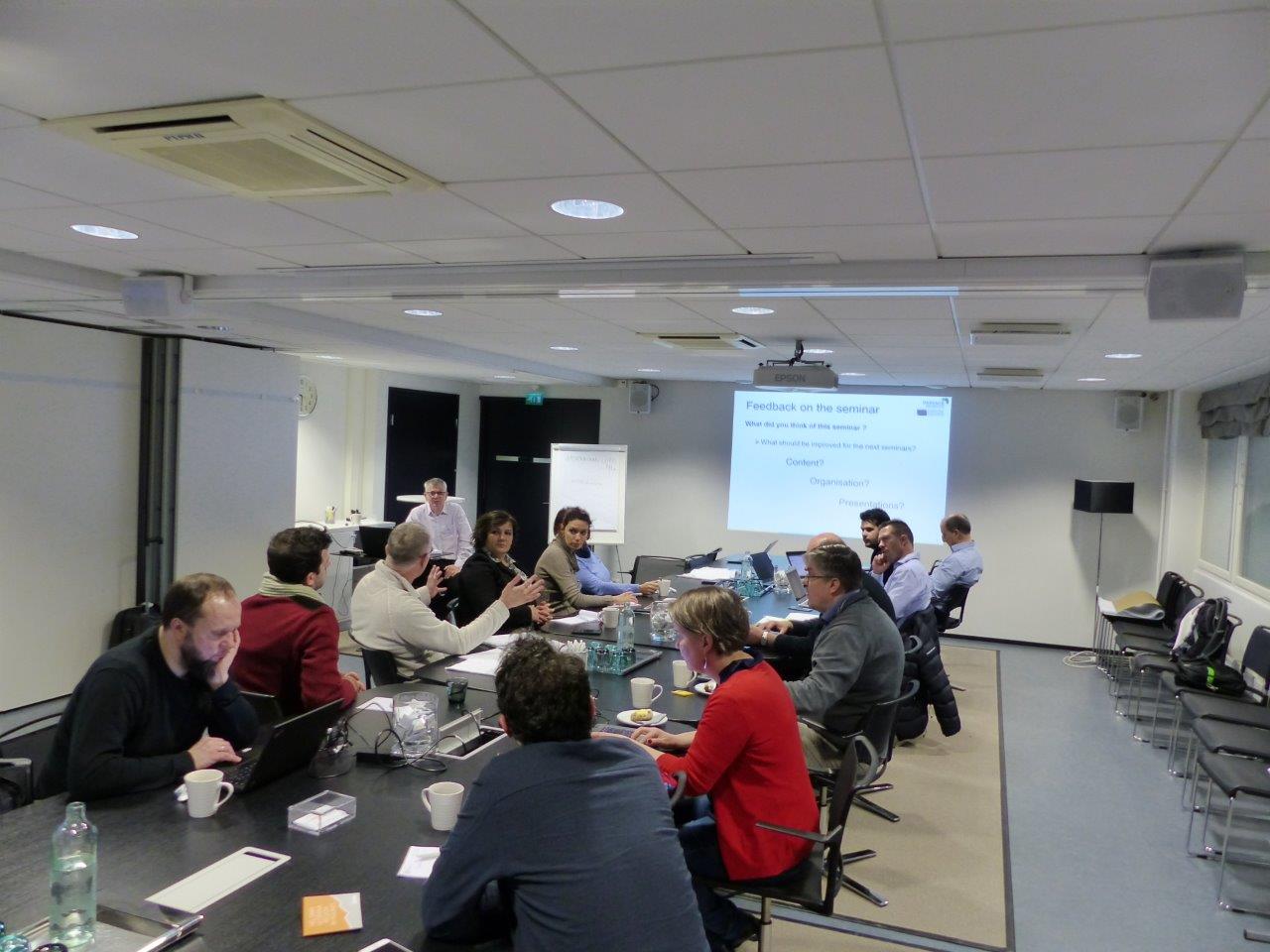 A great illustration came from the Fehmarnbelt, where local authorities on German and Danish shores are developing a single ticket enabling people to easily use public transportation on each side of the maritime border and to use the ferry to cross the strait, for a very interesting price. Such initiative contributes to direct reduction of emissions in a region where most of people cross the strait with their car, while developing the capacity of people to travel across the border and thus enhancing the sense of belonging to an integrated region among the population of both shores.
A great illustration came from the Fehmarnbelt, where local authorities on German and Danish shores are developing a single ticket enabling people to easily use public transportation on each side of the maritime border and to use the ferry to cross the strait, for a very interesting price. Such initiative contributes to direct reduction of emissions in a region where most of people cross the strait with their car, while developing the capacity of people to travel across the border and thus enhancing the sense of belonging to an integrated region among the population of both shores.
